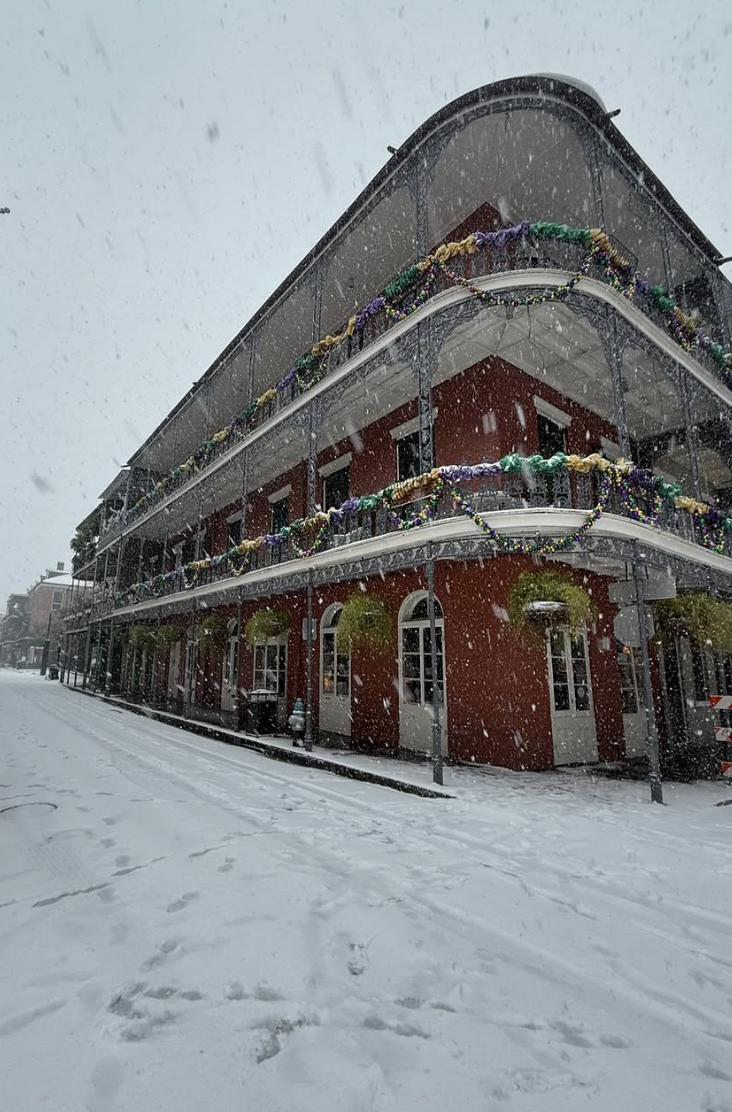I just took a look at the latest model output and it appears that we have a fairly decent week ahead. In fact, the Climate Prediction Center's 6-10 day forecasts have a different look than we are accustomed to:
Higher odds for warmer than normal in the West (including us), near normal over the middle of the U.S., and cooler in the East.
The persistent West Coast troughing has weakened and we have fairly normal weather for the entire week. That means dry and temps getting up into the mid-70s. Just perfect for painting your house (which I just did).
But something has been missing this year. Something that many of us miss: some good warm spells, with substantially above normal temperatures (like the 80s!! and dare I say it?...the 90s).
Here is the plot of temps versus normal for the last four weeks at Sea Tac:
We got to 80F only twice and never got to 85F. Most days we fell short of the normal max. So why have we been plagued with lack of warm spells?
The answer is that we simply are not getting the right set up--big upper ridge over the west side of the Cascades, surface high pressure to the east, and a thermal trough at low levels moving up the Oregon and Washington coasts. This is particularly ironic for me, because my student Matt Brewer and I have a project, funded by the U.S. Forest Service to study thermal troughs and to learn how to predict them better. Thermal troughs are often associated with wildfires.
Want to see what a good thermal trough looks like? Here is a forecast of one from almost exactly a year ago. The solid lines are isobars (lines of constant pressure) and the shading denote lower-atmosphere temperatures. You see the low pressure extending to the WA coast? Starting over Nevada? That is it. And high pressure to the northwest of us over southwestern BC.
We haven't seen such a pattern this year. Want to see a super thermal trough? Here is the one with our big heatwave during July 2009:
The low pressure area extended to Vancouver Island!
Thermal troughs, or thermally induces pressure troughs, typically extend up the coast from CA during our heat waves. They are inevitably associated with offshore flow that keeps the cool marine air away from us. They are the tail of about a big dog...the dog being large scale high pressure that sets up the offshore flow.
Anyway, lets hope we get a nice thermal trough before the summer is out. Warm when one wakes up, perfect at night for an outdoor bbq or an evening stroll.
This blog discusses current weather, weather prediction, climate issues, and current events
Subscribe to:
Post Comments (Atom)
Blocking Ridge, Dry Pacific Northwest, and Southern California Rain
Not a boring time for meteorologists. New Orleans Airport is closed with record-breaking snow and cold, while the Pacific Northwest is st...

-
The latest model forecasts are consistent: an unusually powerful storm with extreme low pressure will develop rapidly offshore on Monday a...
-
An extraordinary storm will develop a few hundred miles off our coast on Tuesday, a storm every bit as strong as a Category 1 hurricane. B...






Just speaking for myself - this recent weather has been about perfect! Sunny, low to mid 70s, just the slightest breeze... what's not to like?
ReplyDeleteI know the tomatoes and cucumbers would like it warmer, but this suits me just fine.
Wow -- one day I fail to look at the extended outlooks and look at what happens. The temps for the 8-14 day outlook from yesterday also look real good. Oddly, however, the precipitation outlook for those same two periods has above normal precip predicted, which frankly doesn't make a whole lot of sense for this time of year. The weather discussions from the Seattle WFO also haven't sounded quite that optimistic.
ReplyDeleteYou mean that maybe my spring planting of peas will finally come through?
ReplyDeletehttp://www.dailytech.com/UC+Researchers+Produce+First+Quantitative+Estimate+of+Fukushima+Radiation+Leak/article22458.htm This article will interest you, Professor Mass; it basically agrees with the calm assessment you offered back in late March/early April. In particular, this sentence struck me: "Although the spike that we measured was very high compared to background levels of radioactive sulfur, the absolute amount of radiation that reached California was small," said Thiemens. "The levels we recorded aren't a concern for human health. In fact, it took sensitive instruments, measuring radioactive decay for hours after lengthy collection of the particles, to precisely measure the amount of radiation."
ReplyDeleteThe main and larger of aeaa of colder waters off the coast appears perhaps to be slackening, also.
ReplyDeleteHi, sorry if this is second time. Curious how this year compares to others in terms of highest high temperatures. Are records kept for what years have the lowest high temps for the year? I know its summer and you mentioned little in terms of 80's or 90's, also I'd be curious to know about year with warmest low temps.
ReplyDeleteDon't know about you Professor, but down in the Portland Banana Belt, most of us are reviewing our use of cooling power during the past few years, and have decided we like those lower electric bills. Mine was $85 under July of last year. Water bill for the lawn is down, too, running $60 lower bi-monthly, and lawn is still green. Tomatoes suffering, though, I'm trying to find my Mom's old recipes for pickled green tomatoes.
ReplyDeleteA little off-topic, but still potentially interesting - Google Maps added a weather.com temperature feed today, as a layer like traffic or topography. Sort of not very useful yet, but interesting to see how they're thinking about using it and the associated APIs.
ReplyDeleteI for one don't miss those warm periods. There are enough places in the US that get very warm in summer - if you want very warm weather, move to one of those places. I think our cooler weather is great.
ReplyDelete